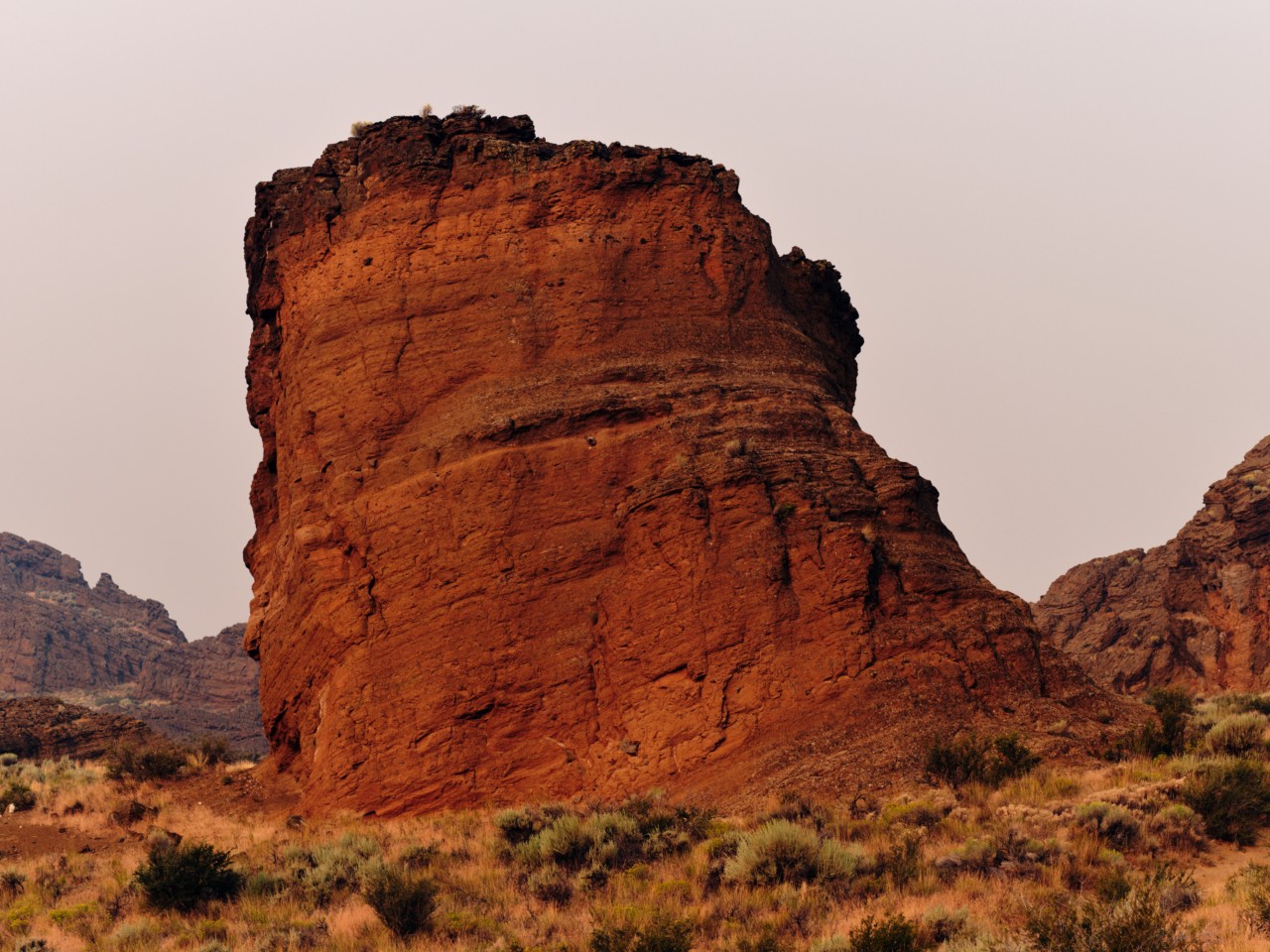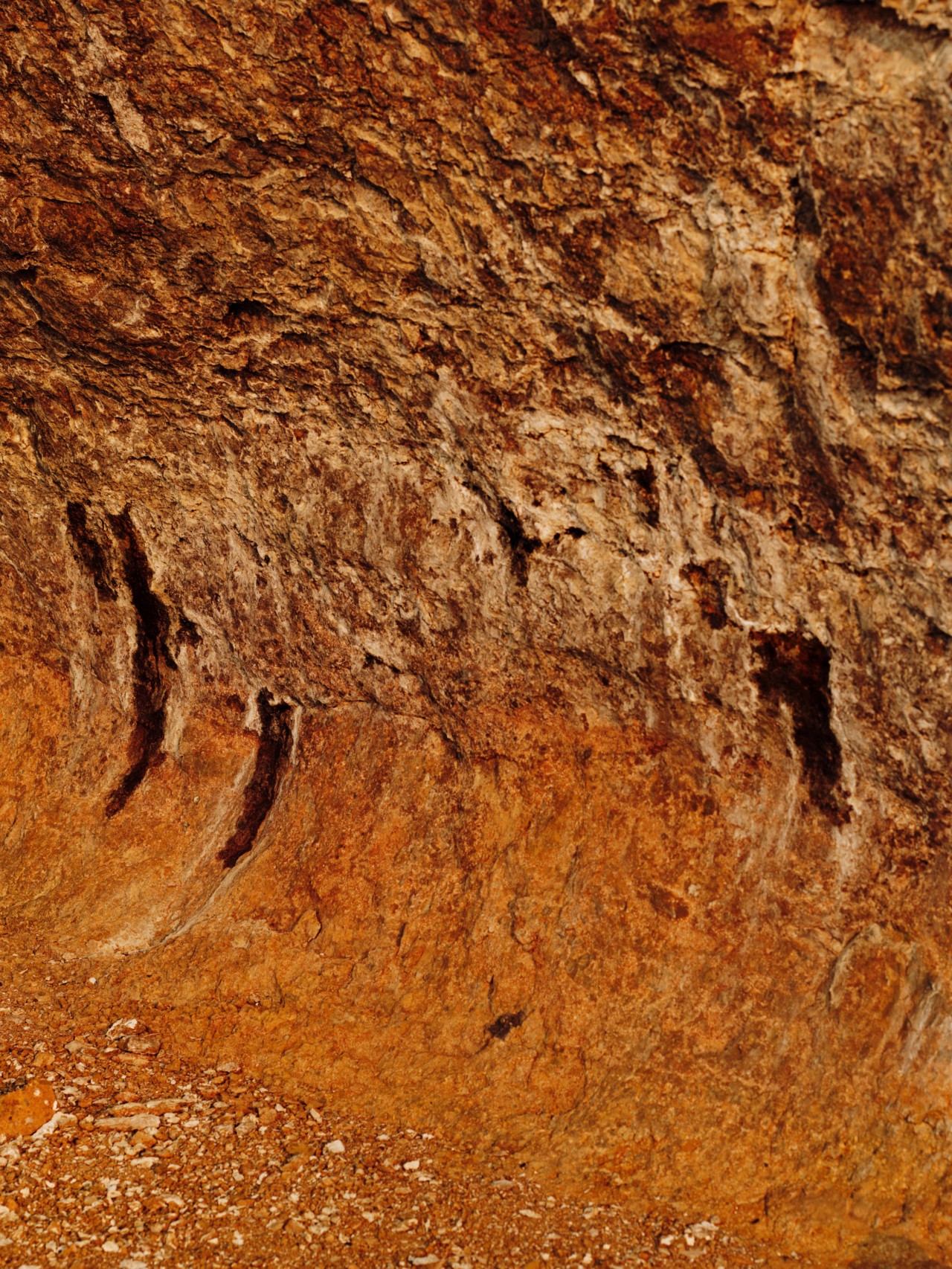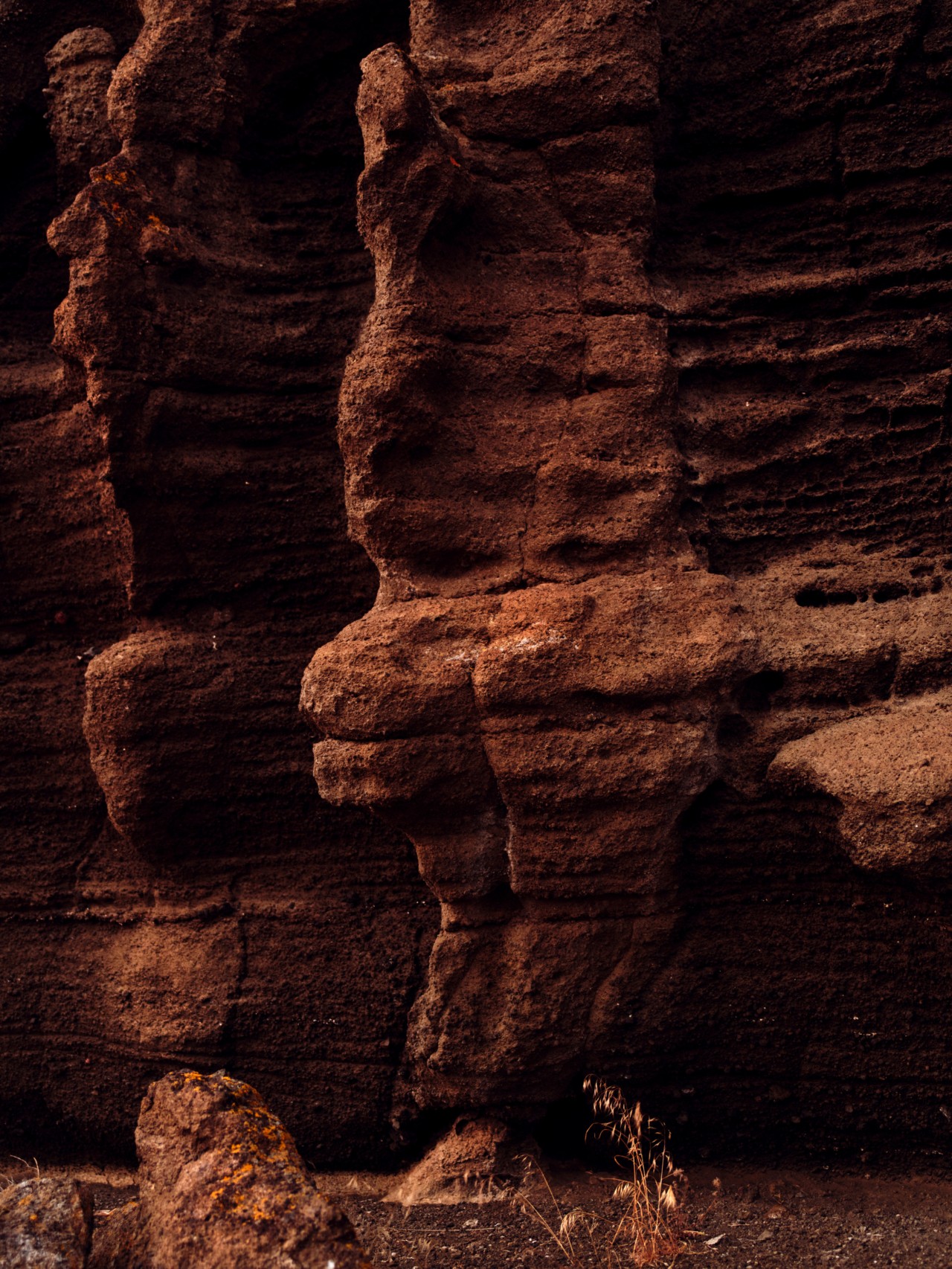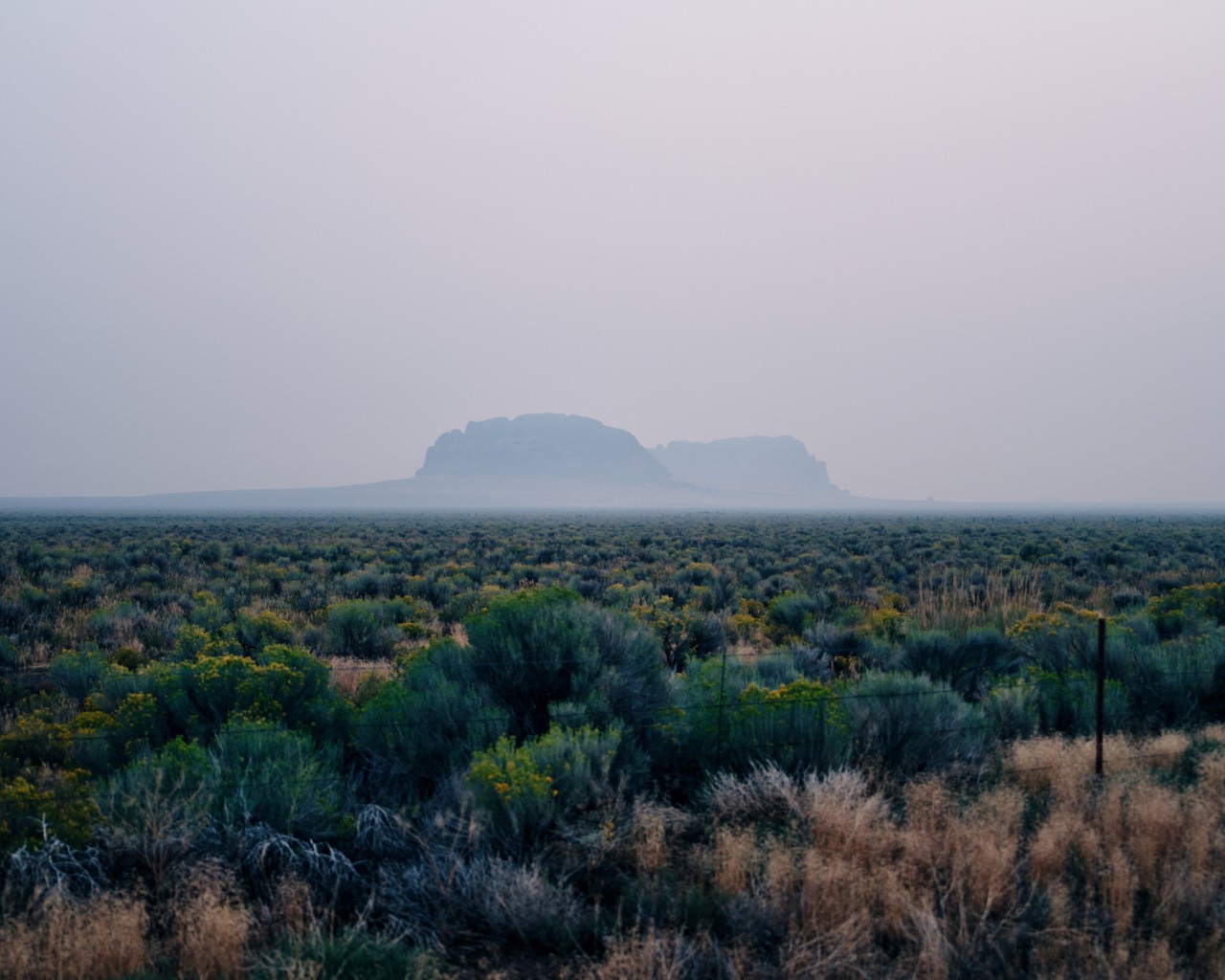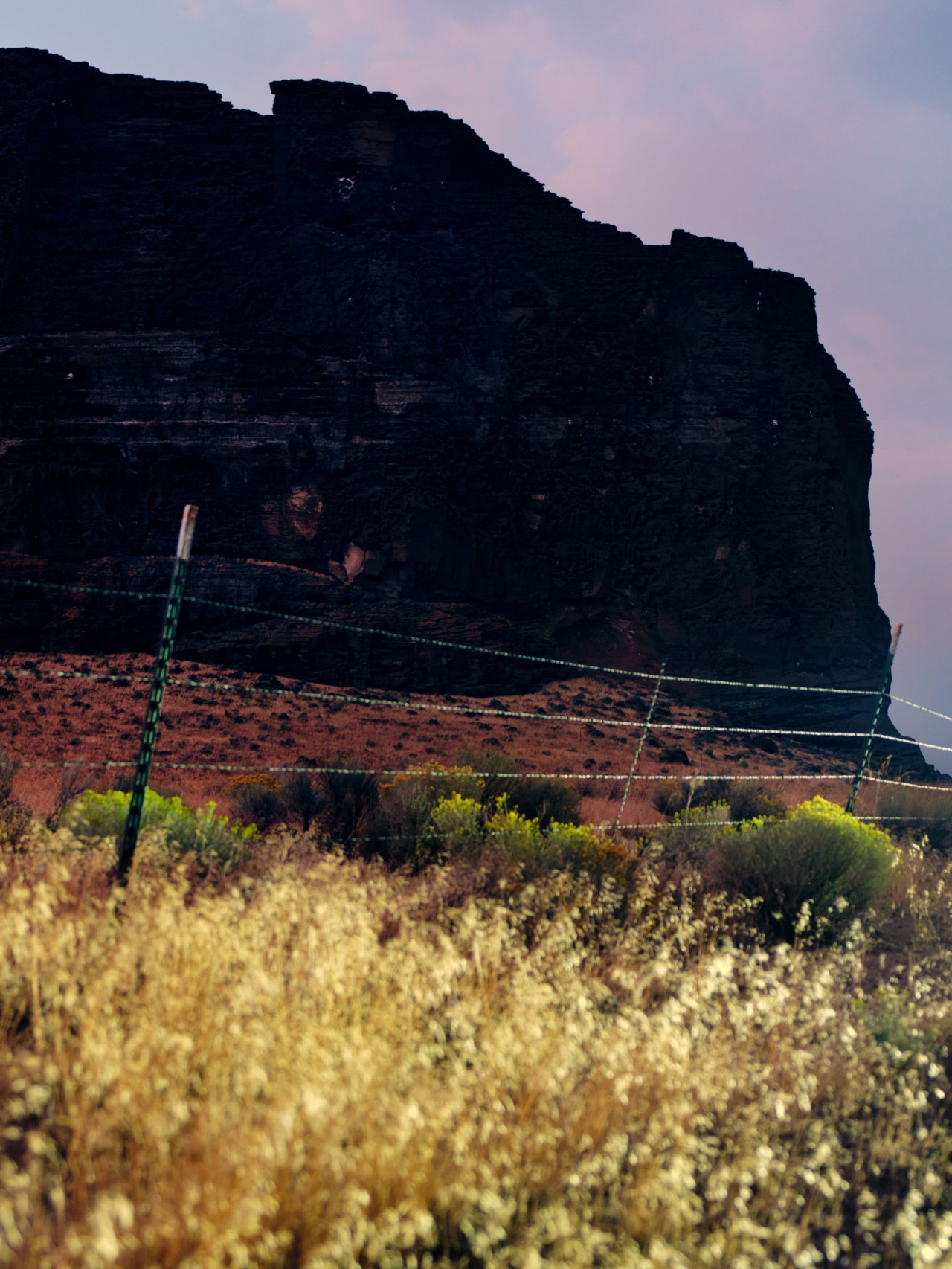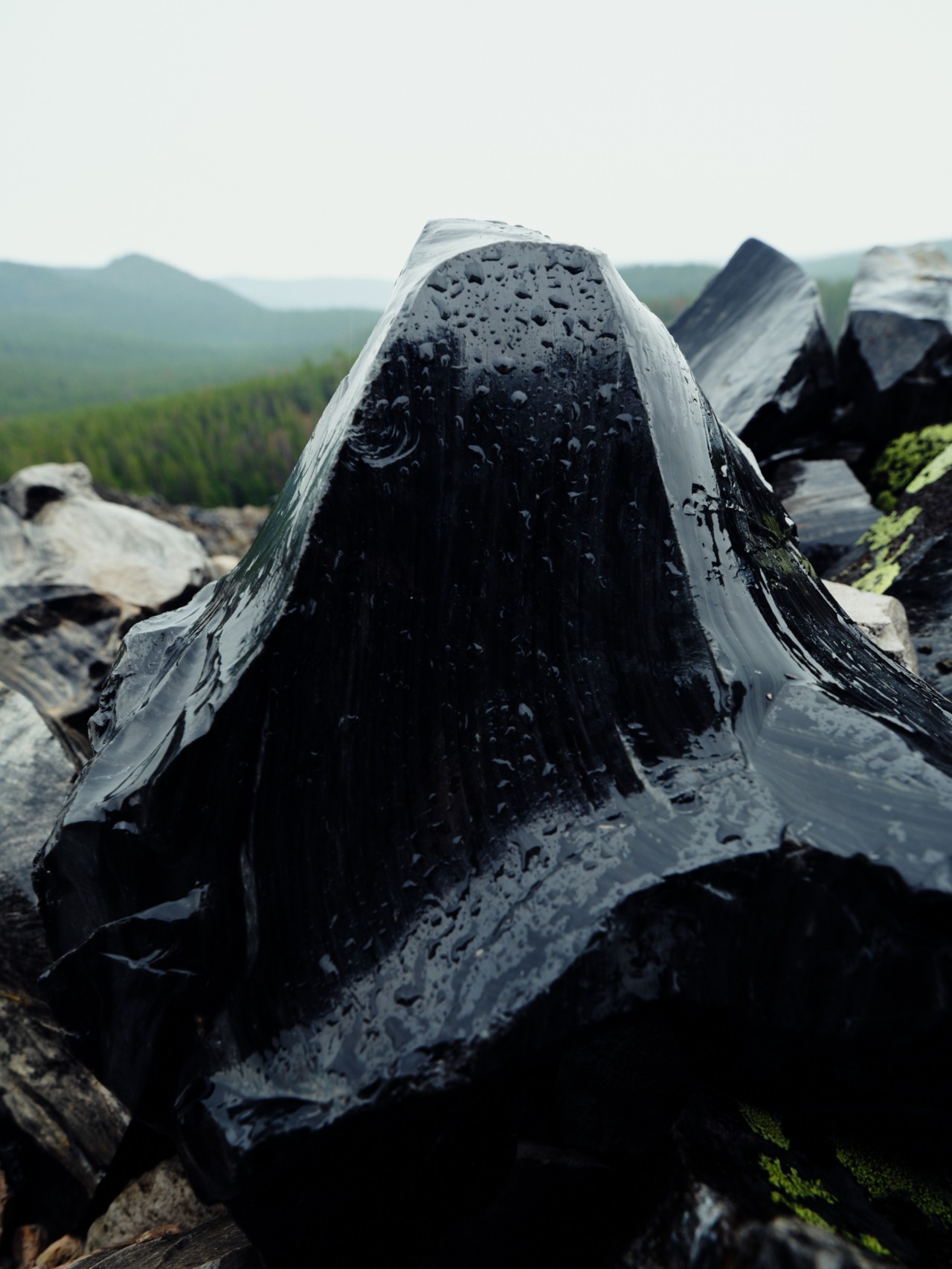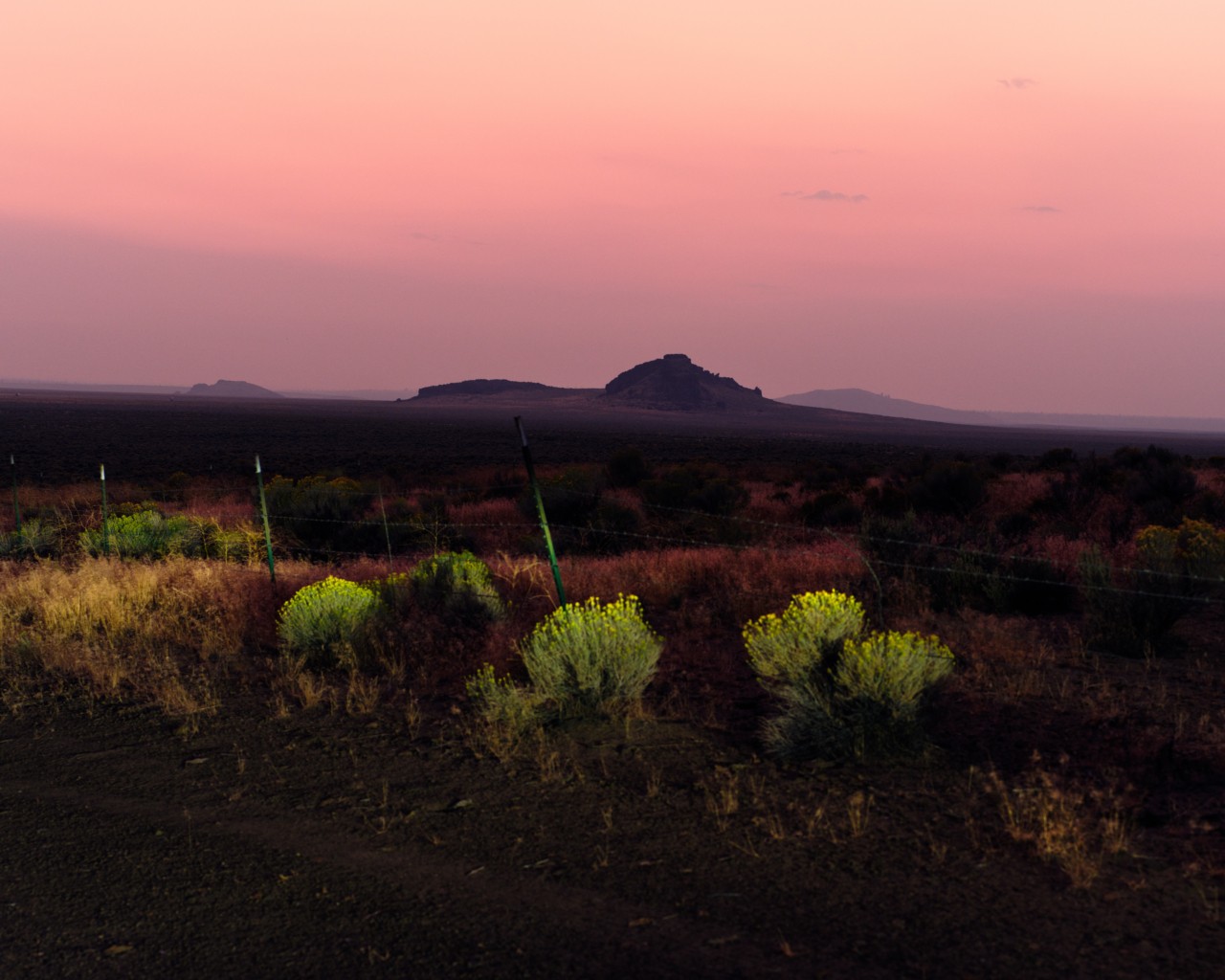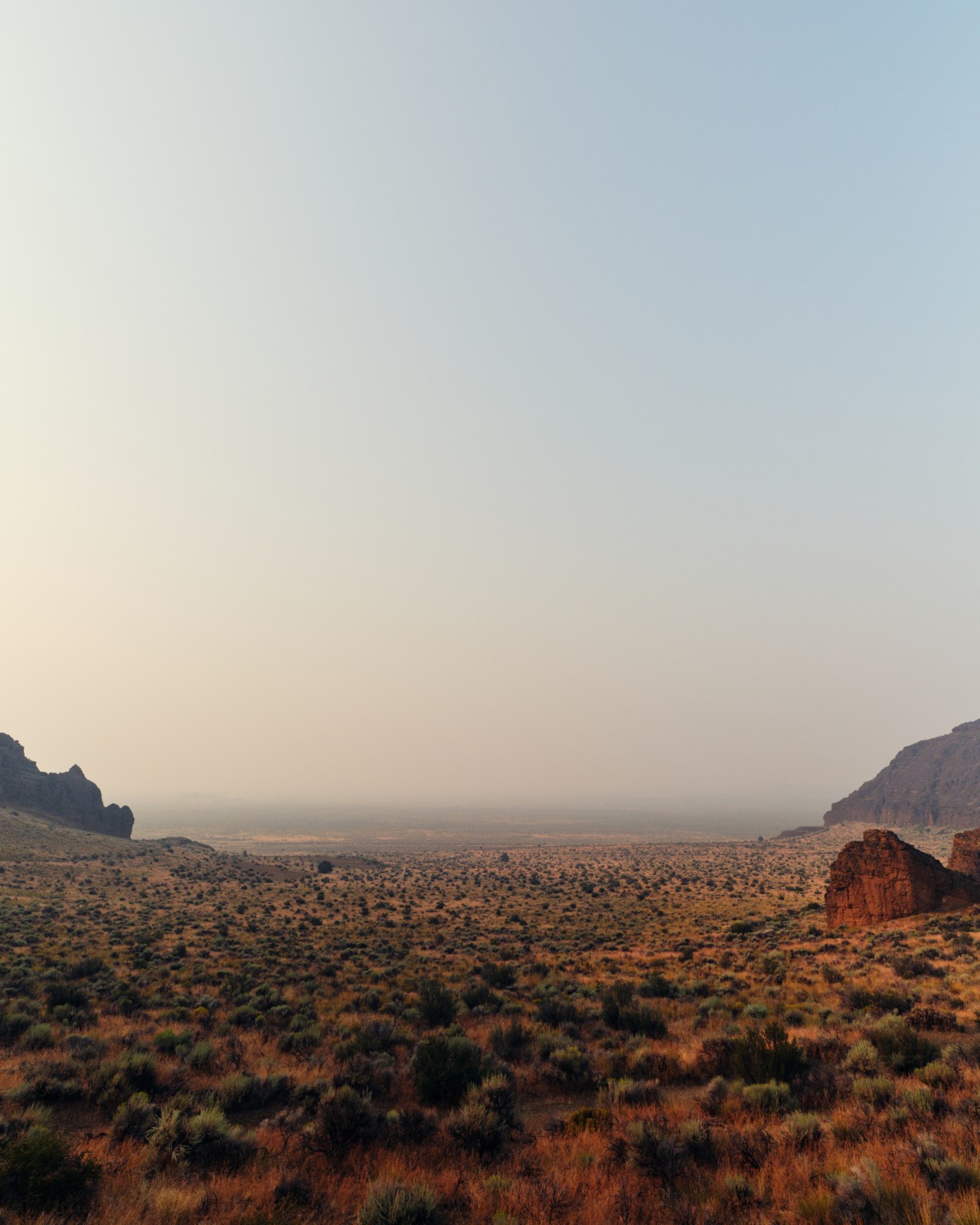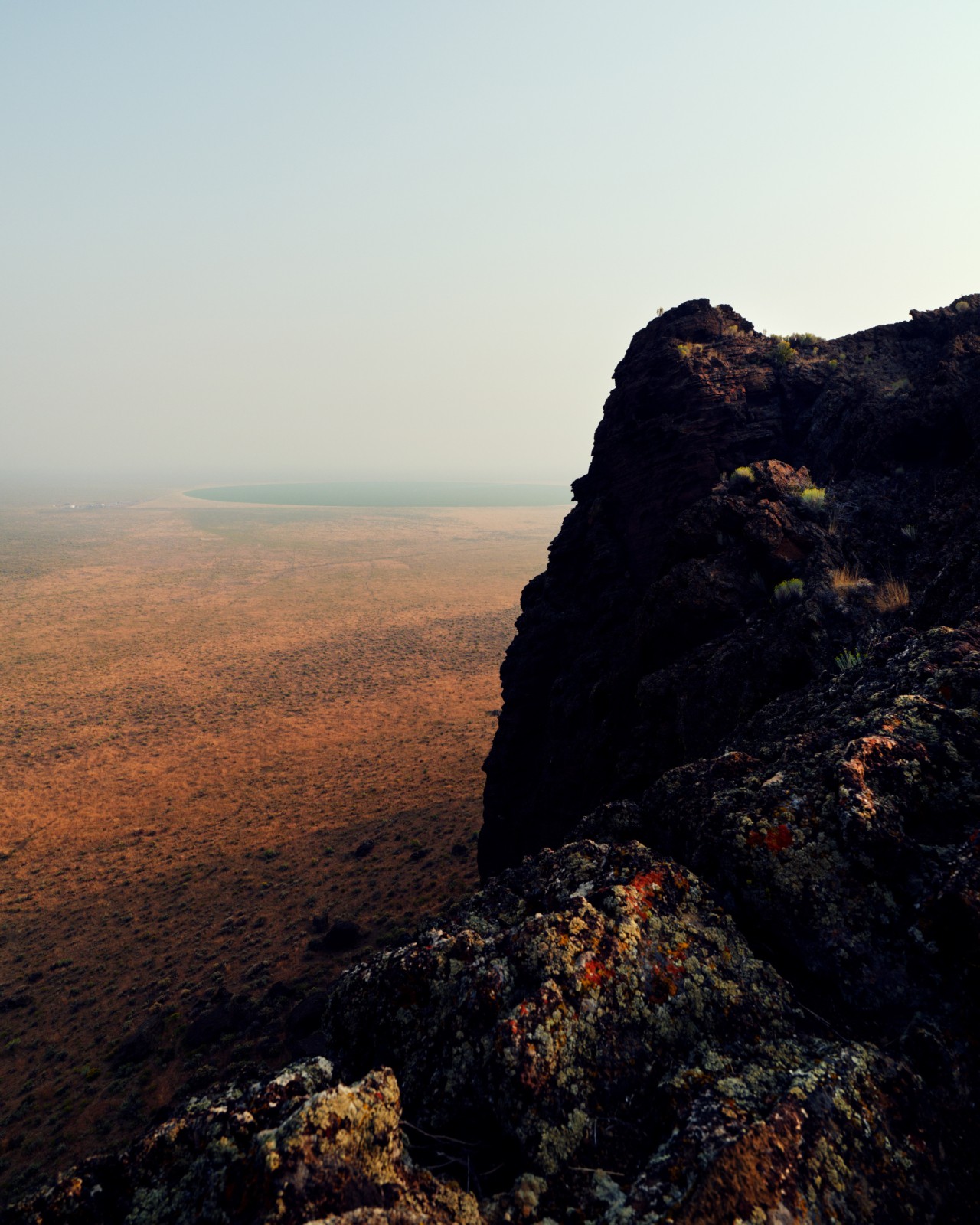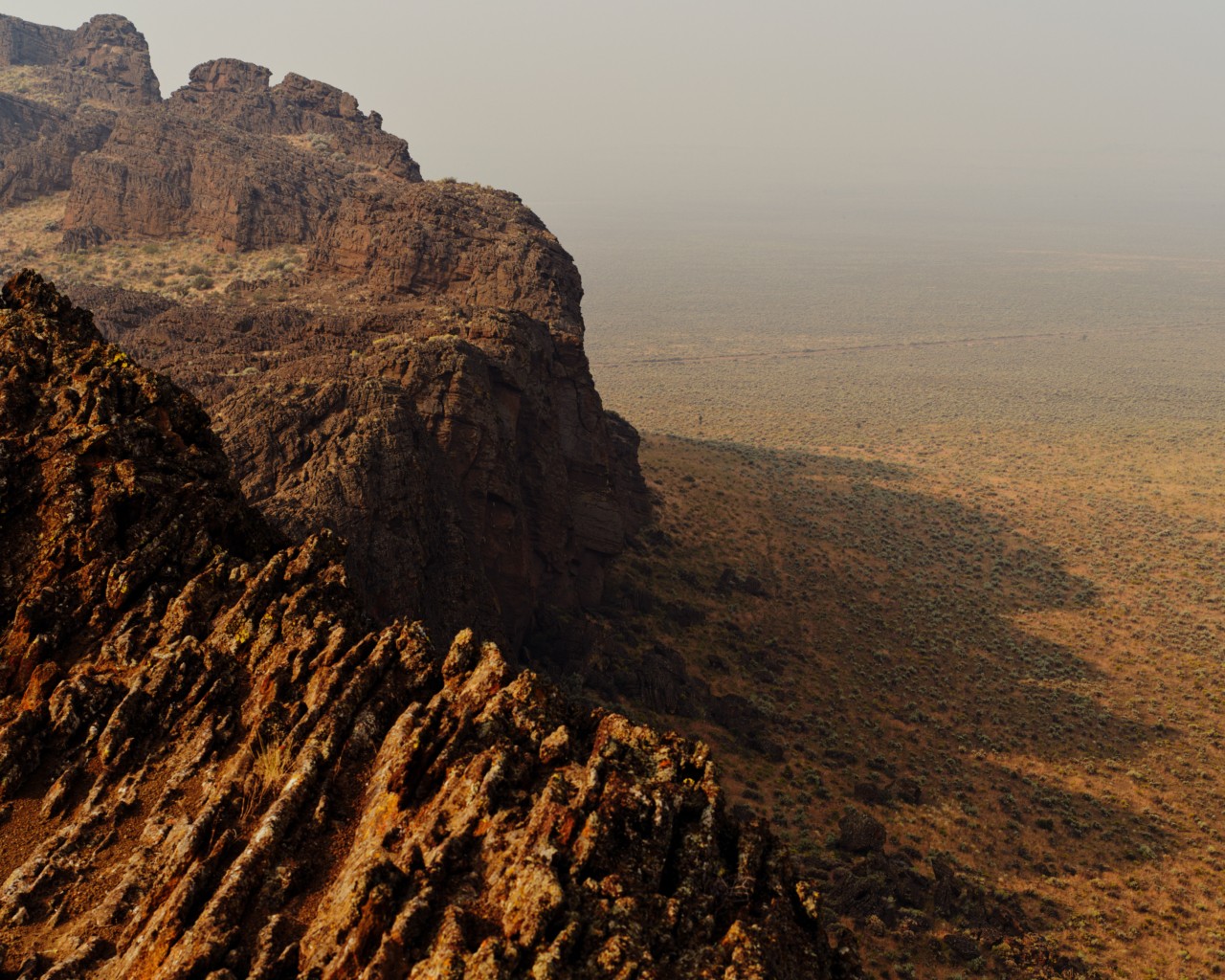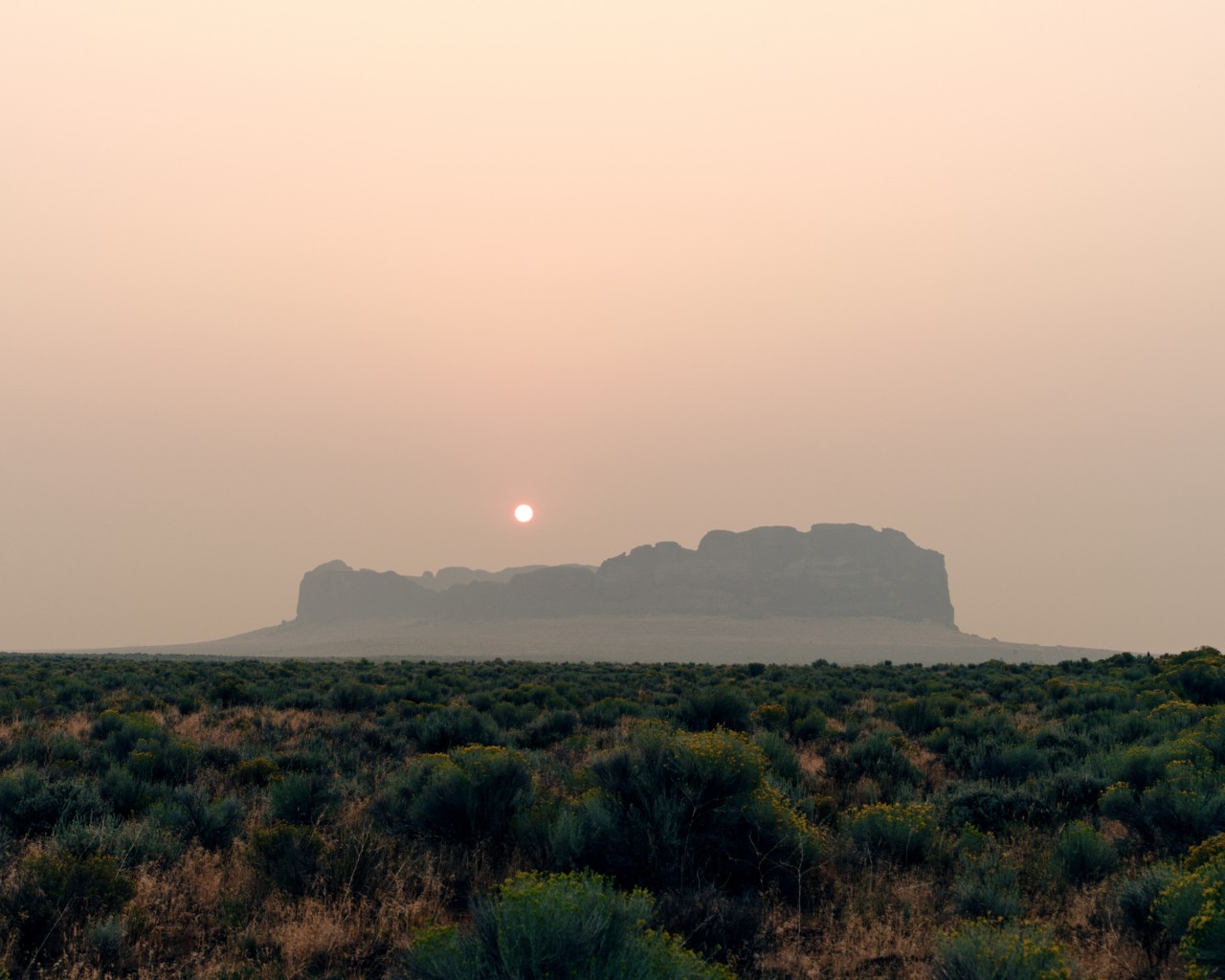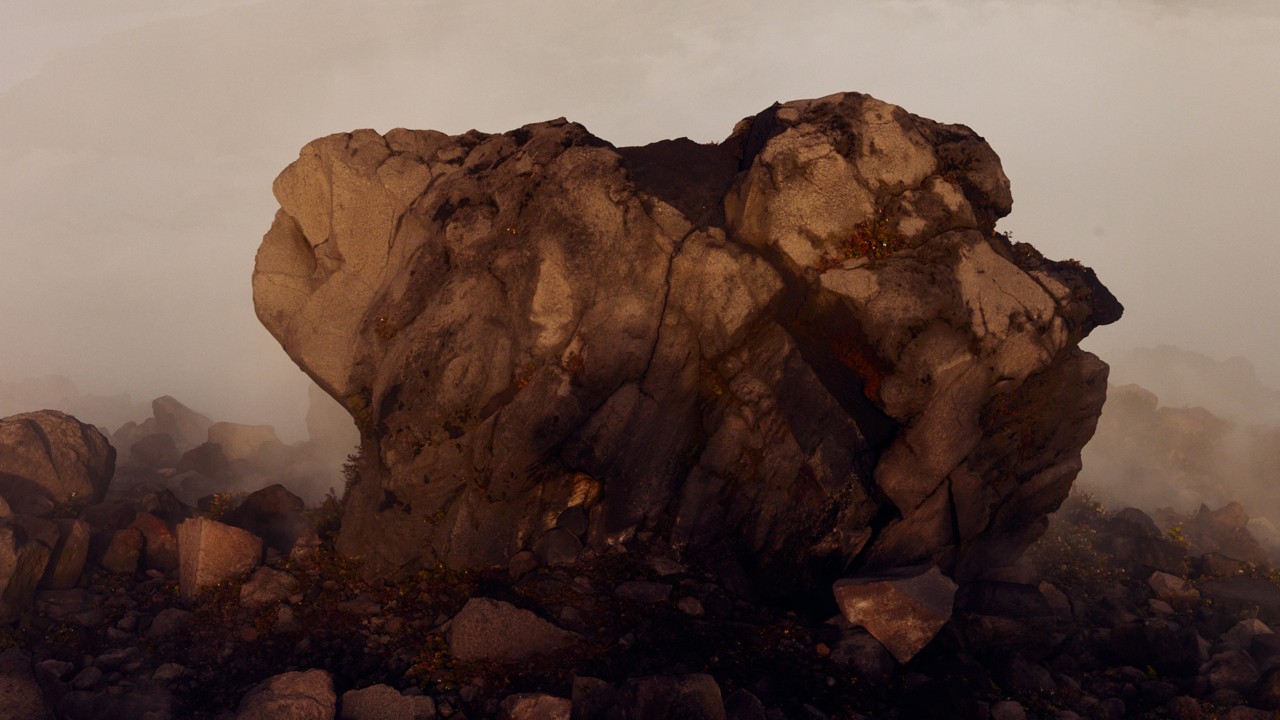
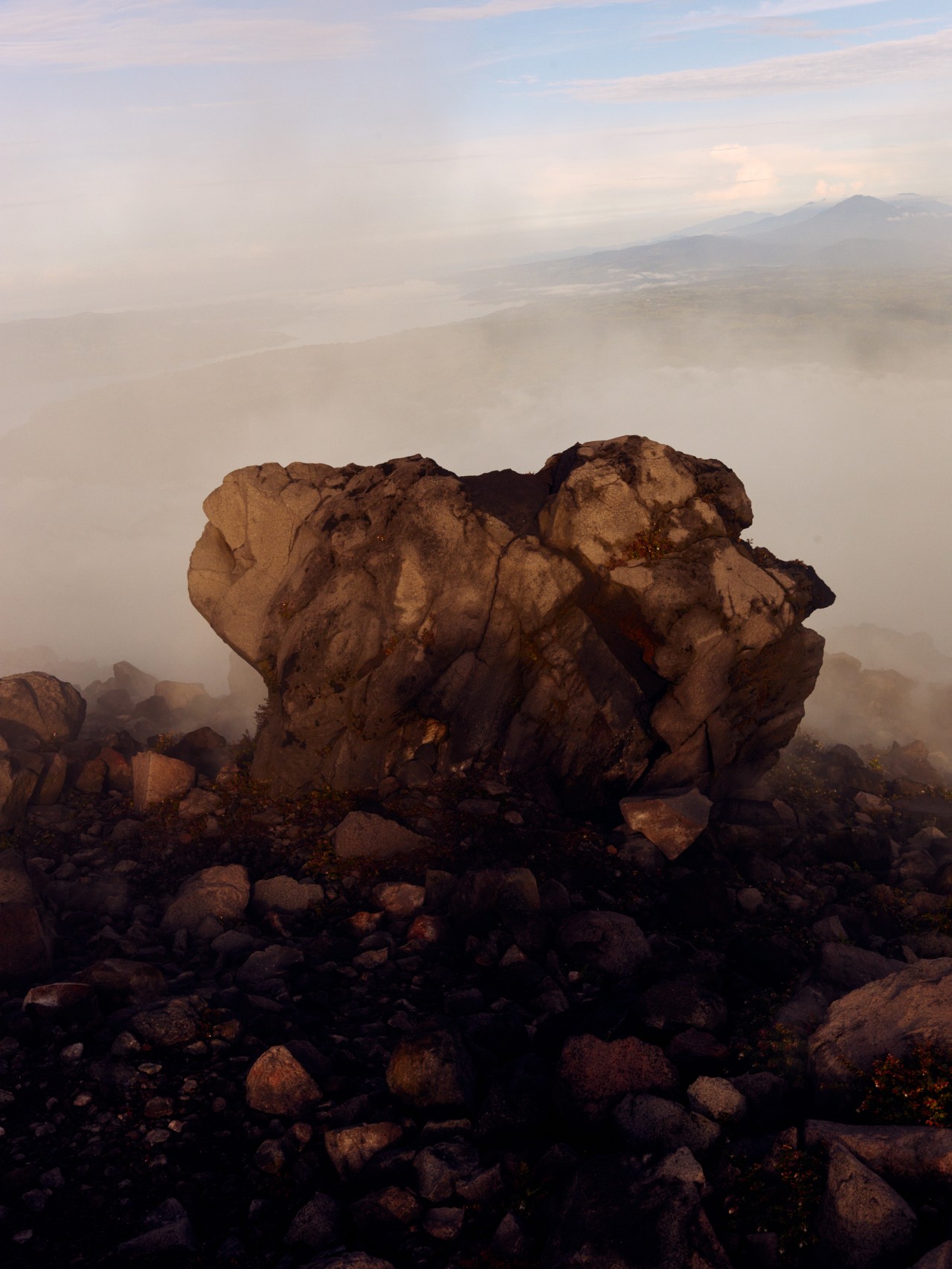
PHOTOGRAPHS AND WORDS BY COLLIN HUGHES
I was drawn to volcanoes after my first time sleeping inside one. It was warm, humid, and freeing. I had hiked multiple hours through the rainforest one night and needed to rest before the sun rose. Held there inside the rim of this dormant giant I closed my eyes and felt consumed by it.
Being so close to the site where landscapes have their beginnings is an intimate experience. Questions start to creep, of history, lineage, ancestors—things that have often felt outside of my experience. What I’m really finding, and what nature is facilitating, is the closeness with oneself.
I have not known my ancestry deeper than a generation, but here, I feel it. Touching clouds and witnessing the volcano’s shadow felt like I had fallen down into the spiral of time into the folding of seconds and seasons. Next to a volcano, I feel mirrored by the landscape.
Here I can understand that I carry a history inside me.
That night hiking through the rainforest and up the side of the volcano showed me the pure sense of connection between myself and the Earth. This feeling of looping back on myself and my history by way of nature and its own incessant cycling is what calls me to find answers to things.
Where do our memories get stored? Where do dreams come from?
The photographs I took are the nooks and crannies of nature’s carbon-based memory system. If nature and I share the mechanism of looping and cycling, then maybe by documenting the landscape I can then document myself and my own cycles, revealing what I’ve come to know—that I am also a landscape.











These images were taken in what is now called Fort Rock, ancestral lands of Klamath, Modoc, and Yahooskin peoples and at Newberry National Monument, ancestral lands of Cayuse, Umatilla, and Walla Walla peoples.
Telling Geologic Time with Photographer Collin Hughes
